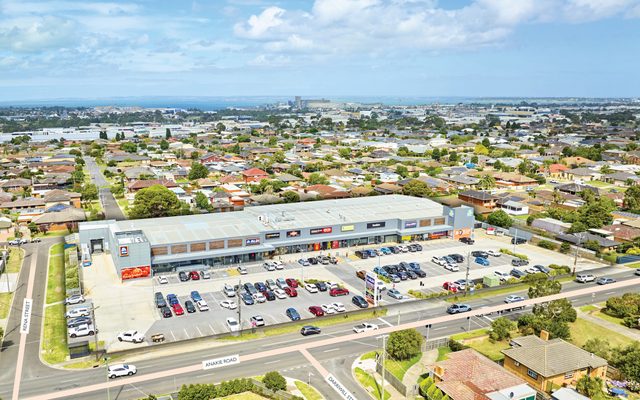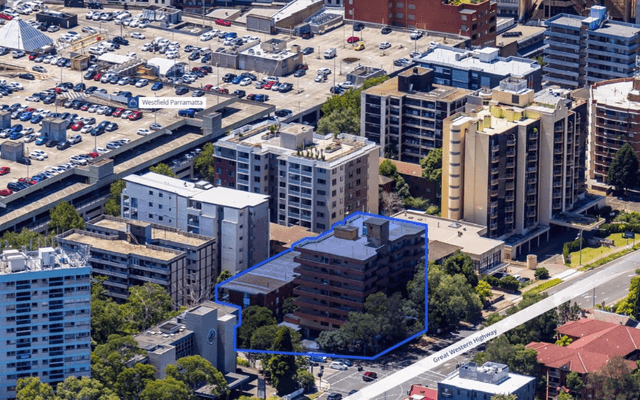This article is from the Australian Property Journal archive
DOMESTIC investment in Australian commercial property fell to its lowest quarterly level in more than five years as the ongoing threat of COVID-19 blunted recovery momentum, but cross-border sales surged.
Sales of commercial property in Australia fell by 19% year-on-year in the first quarter to $5.9 billion, according to the latest Australia Capital Trends report from Real Capital Analytics, as domestic investor transactions slumped more than 42% year-on-year to $3.4 billion.
However, cross-border sales ran counter to the headline trend. Around $2.5 billion of deals closed in the period, representing 42% of all deals in the first quarter, and 83% year-on-year growth. The figure may well have been higher had Foreign Investment Review Board (FIRB) approvals been expedited for several high-value transactions.
This supports ANREV’s latest data which shows Australian core real estate is even more popular than before, with offshore capital raised increasing during the 2020.
North American investors such as Canada’s QuadReal led the rebound, representing 60% of all overseas deals, while GIC and Ascendas drove the Singaporean investment total to almost $1 billion.
“The trend bodes well for the remainder of 2021. It suggests offshore investors have confidence in both the recovery of the Australian economy and the commercial real estate sector,” David Green-Morgan, RCA’s managing director for Asia Pacific said.
Total deal volume was $7.0 billion, a decrease of 26% year-on-year.
Sales of development sites slumped 49% from a year earlier to $1.2 billion.
Softer pricing in hard-hit retail started to pull investors back to the sector, reporting the strongest pickup in quarterly volumes – up 26% year-over-year to $1.7 billion, and second only to offices in overall activity. The rebound was almost entirely driven by the $510 million sale and leaseback of the David Jones flagship store in Sydney’s Elizabeth Street involving a consortium of Charter Hall funds.
The deal propelled Sydney retail to second place for the quarter, behind the city’s resurgent office sector. Next was Melbourne’s retail sector, registering $633 million in the first quarter for a 150% year-over-year jump.
Retail investment volumes outpaced three of the previous four quarters during the period.
Benjamin Martin-Henry, RCA’s head of analytics, Pacific, said the pickup in retail deals is a fillip for the sector.
“It shows how investors are being enticed back with softened pricing to the sector which for so long has been battered by structural headwinds, such as e-commerce.
“Investors remain focussed on pockets of strong-performing retail, such as convenience-based retail in inner-city centres and densely populated regional locations supporting neighbourhood shopping centres.”
Office investment activity increased to $2.9 billion, compared to $2.6 billion in the same quarter last year, following a two-thirds collapse in annual volumes in 2020 as the sector faced an existential crisis. Sydney’s market led the trend reversal with a 77% year-on-year increase to $2.0 billion of deals, headlined by the $800 million joint venture purchase of Martin Place South Tower by Investa Property Group and Manulife Financial from the developer, Macquarie Group.
Brisbane was the second strongest office market, recording $344 million in first quarter deals, driven by Ashe Morgan’s acquisition of 310 Ann Street for $210 million from Cornerstone Properties, while Perth rebounded with $295 million in sales, led by GIC’s purchase of a 25% stake in the Chevron HQ building for $220 million from Brookfield.
Deals in the pandemic’s star-performer industrial sector dropped 58% compared to the same quarter last year to $1.2 billion. ESR and GIC’s record-smashing $3.8 billion purchase of the Blackstone Milestone Logistics portfolio was agreed to after the period, and RCA said the sales process may have “distracted” interested investors who can now shift their focus back to other industrial plays.
Activity was limited elsewhere. Hotel deals continued to be held back by travel restrictions and uncertainty over border reopenings.







